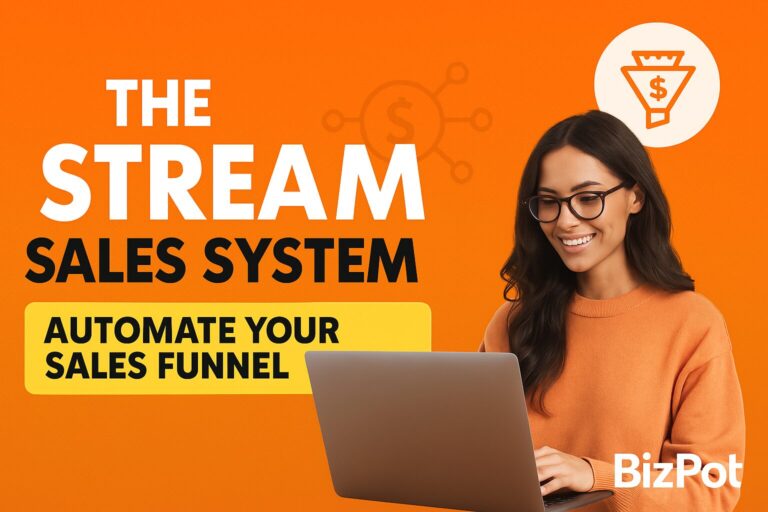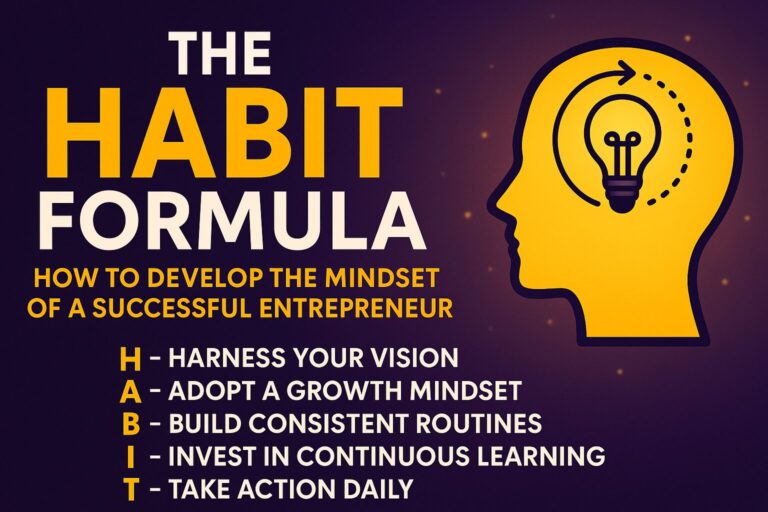The Automation Ladder
What to Automate First in Your Business
🔹 Introduction
As a business owner, there’s a fine line between doing everything yourself and finding ways to automate tasks to improve efficiency. The Automation Ladder is designed to help you decide what to automate first in your business. By implementing automation step-by-step, you can free up your time, reduce human error, and scale faster without increasing overhead.
🔹 What Is the Automation Ladder?
The Automation Ladder is a framework that helps you prioritize the tasks in your business that can be automated, so you can focus on what truly moves the needle. This model breaks down automation into manageable steps, starting with the easiest and most impactful tasks and gradually moving toward more complex systems.
Here’s how the ladder is structured:
- Low-Hanging Fruit (Quick Wins)
- Moderate Automation (Standardized Processes)
- Advanced Automation (Complex Systems)
Let’s explore each step in detail.
🔹 Step 1: Low-Hanging Fruit (Quick Wins)
These are the tasks that are easy to automate and provide immediate benefits. They typically include routine, repetitive tasks that take up a lot of your time.
What to Automate:
- Email Sequences – Welcome emails, follow-up emails, abandoned cart reminders.
- Social Media Posts – Scheduling posts ahead of time using tools like Buffer or Hootsuite.
- Customer Support Responses – Use chatbots or set up automated email replies for common inquiries.
Why Start Here: These tasks are relatively simple and can be automated quickly with minimal setup. Automating them gives you immediate time savings and reduces manual workload.
Example: Setting up an automated welcome email series for new subscribers or customers.
Action Step: Automate one email sequence (e.g., welcome email or thank you email) this week.
🔹 Step 2: Moderate Automation (Standardized Processes)
These are tasks that can be standardized into systems. They require a bit more effort to set up than quick wins, but they save you time over the long term and allow your business to run more smoothly.
What to Automate:
- Customer Relationship Management (CRM) – Use CRM tools like HubSpot or Salesforce to track leads, customers, and interactions automatically.
- Scheduling Appointments – Use Calendly or Acuity Scheduling to let customers book meetings without you needing to coordinate manually.
- Invoicing & Payments – Set up automatic invoicing and payment reminders using QuickBooks or FreshBooks.
Why Move to This Step: Once you’ve automated the easy stuff, it’s time to set up more structured processes that can free up more of your time, such as handling customer relationships and scheduling.
Example: Automating invoice creation and sending reminders to customers automatically through accounting software.
Action Step: Automate your scheduling and invoicing systems.
🔹 Step 3: Advanced Automation (Complex Systems)
This stage involves automating processes that require more technical setup and integration. These systems usually touch on more strategic aspects of the business and can have a big impact on your overall efficiency and scalability.
What to Automate:
- Lead Nurturing – Use marketing automation platforms like Marketo or ConvertKit to send personalized content and nurture leads automatically.
- E-commerce Sales Process – Implement an automated sales funnel that nurtures leads into paying customers. This includes cart abandonment emails, upsell or cross-sell automations, and more.
- Financial Tracking & Reporting – Set up automated reports to track sales, expenses, and profits using Google Analytics or Zoho Analytics.
Why Move to This Step: At this level, you are automating key growth and revenue-driving activities. The systems will save significant time and effort in generating and nurturing leads, reporting, and analyzing data.
Example: Setting up a fully automated sales funnel that guides a lead through your process from discovery to purchase.
Action Step: Create one automated sales funnel and integrate your CRM and email platform.
🔹 Quick Takeaways (Summary)
✅ Step 1 – Low-Hanging Fruit: Automate simple, repetitive tasks (email sequences, social media posts, customer support).
✅ Step 2 – Moderate Automation: Implement standardized processes for CRM, scheduling, and invoicing.
✅ Step 3 – Advanced Automation: Automate lead nurturing, sales funnels, and financial reporting.






